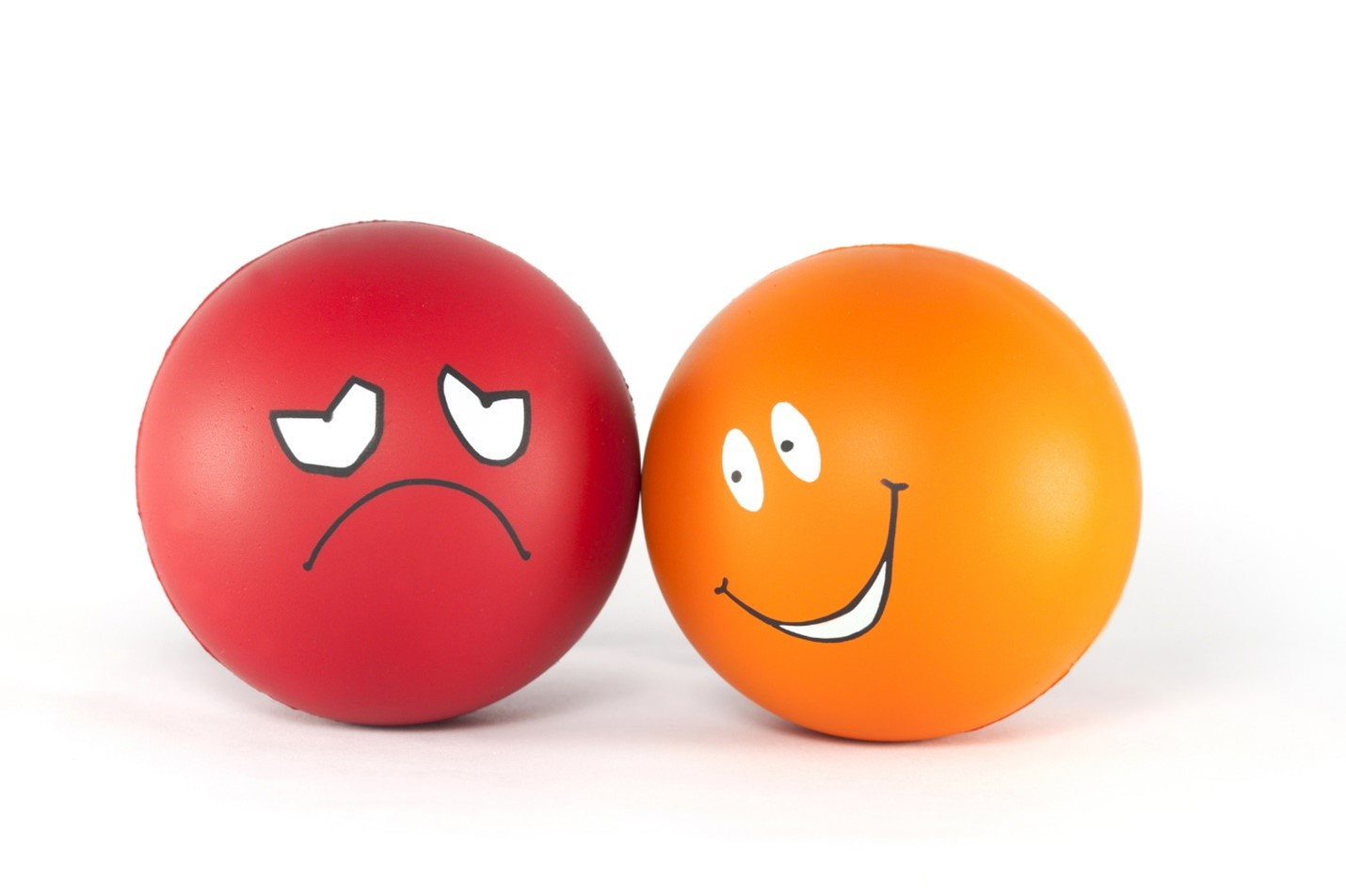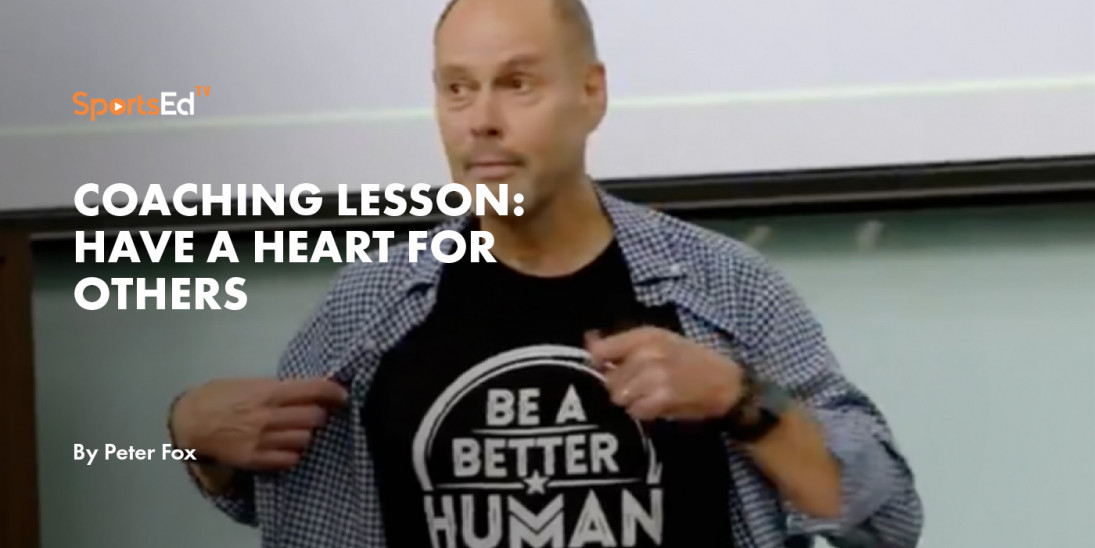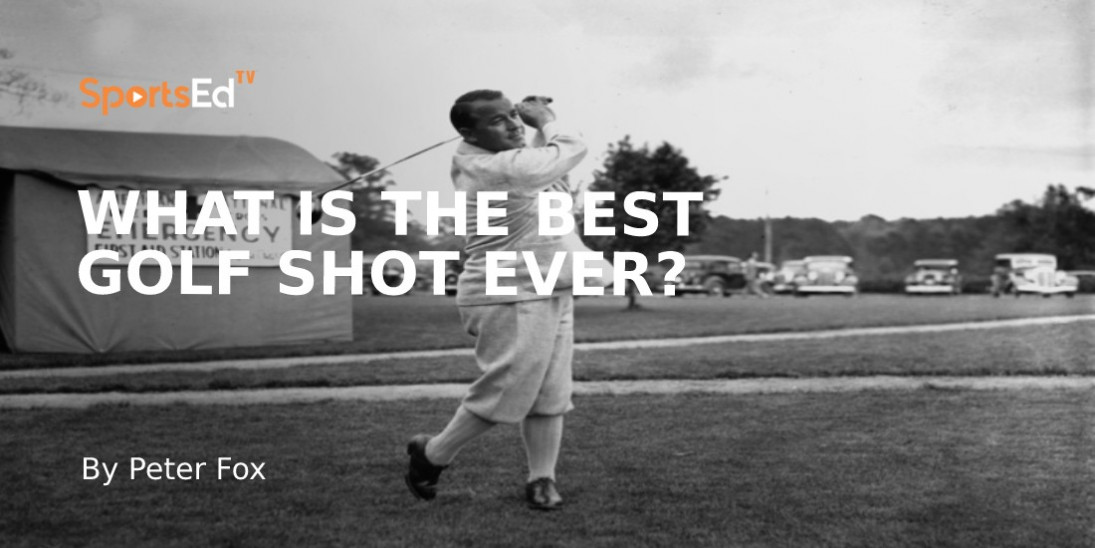Mental Health, Learn To Win
Welcome and thanks for visiting...

Why Were Emotions Such a Sports Taboo?

“There’s no crying in baseball!”
When Tom Hanks shouted those words at Bitt Schram in the 1992 sports movie classic, A League of Their Own, he was hollering the essence of old-school coaching.
Legions of stoic sports heroes and the throngs of suck-it-up coaches who encourage athletes to shut up and play in the face of in-game and even locker room turmoil have encouraged smothering public display of emotions in sports.
There’s been a long history of that sort of sports cultural behavior, but it’s changing, and this scribe suspects it might even be traceable to the growing influence of women in sports since the passage of Title IX fifty years ago.
As behaviors are chronicled there appears to be a softening of the concept that emotions affect athletic performance in sports. Yet, as stoicism melts, another argument is born.
Do feelings affect thinking? Or does thinking affect feelings?
That sounds like a semantics argument, but it’s not. It is a definition problem. It’s a vocabulary problem when thoughts and emotions are lumped together in the jargon of coaching and instruction as “the mental game.”
The great picker of nits, Merriam Webster describes mental acuity as relating to the intellectual as contrasted with emotional activity.
Intellect is occurring above the collar, but emotions are triggered all over the body—in the gut, the heart, the endocrine system, et al.
The debate continues, though in which triggers which. It is not new.
Between the days that Abner Doubleday’s baseball got started in 1876 and James Naismith was inventing baseball in 1891, a psychologist-philosopher William James authored a seminal article entitled What Is An Emotion? in 1984.
James believed that emotional experience is not only accompanied by but arises from organic changes that occur in the body in response to an arousing stimulus. These physiological signals, racing heart, tight stomach, sweaty palms, tense muscles, and so on are subsequently fed back to the brain, and only then felt consciously as a true emotion.
A while after, prominent experimental physiologist Walter Cannon countered, believing that the essential mechanisms of emotion occurred within the brain alone and that bodily responses and afferent input to the brain were not needed to fully experience emotions.

He argued, in brief, that bodily feedback, especially from the viscera, was both too slow and not sufficiently differentiated to explain the dynamic range and variety of emotional expression. Though Cannon felt that bodily sensations could not account for differences between emotions, he believed that they nevertheless played an important role in giving emotions their characteristic sense of intensity and urgency.
The two-sided debate, albeit in the late 19th and early 20th centuries took the lid off the subject. In the 21st Century, there is a plethora of scholarly continuations and extensions that dance around, over, around, and in the subject.
We asked this dumbed-down question to a contemporary expert:
What comes first, an emotion or a thought?
Rollin McCraty, Ph.D. Director of Research, HeartMath Institute answered:
“In short, we have to think in terms of interacting systems – in general, emotions tend to happen first – but not always.”
Dr. McCraty is the author of a strong modern article on the subject: Heart-Brain Neurodynamics: The Making of Emotions.
In highlights of his discussion Dr. McCraty writes:
“Most contemporary researchers agree that cognition and emotion are distinct functions mediated by separate but interconnecting neural systems
The importance of gaining a deeper understanding of the emotional system has become increasingly recognized as an important scientific undertaking, as it has become clear that emotions underlie the majority of the stress we experience, influence our decisions, provide the motivation for our actions, and create the textures that determine our quality of life.”
A meeting with Dr. McCraty and his colleagues in the mid-1990s led this yips afflicted golfer to learn of their research which offered a solution to the career killer of the likes of Johnny Miller and Ben Hogan.
Yips it turns out is slang for cortical inhibition a condition impacting coordination and decision making when negative emotions exist in the athlete. It also impacts reaction time.
Then, the still stoic world of suck-it-up sports would have little to do with a conversation that included feelings or emotions. Fast forward to today, and there is cultural movement, and emotions as an influence on performance are being topically accepted more readily.
McCraty and his HeartMath colleagues have enjoyed substantial success in applying their emotion managing technology in business, education, health, government, and military spaces, and only sporadically in sports.
Enter, SportsEdTV. As we’ve built the global leader in sports instruction, HeartMath has powered an adaptation of its technology to the realm of sports performance. It has been rebranded here as Learn to Win with sports-specific implementation.
There is an in-depth video on the subject and a free download of the Learn to Win handbook here.
Of the partnership, introducing Learn to Win to the millions in SportsEdTV’s communities, CEO Victor Bergonzoli has said:
“The curveball, the jump shot, the back-asswards high jump, and two-handed backhands certainly are among sports disruptive innovations that were game-changing. Then, in sports, along came Sabermetrics, known more popularly as Moneyball, when math began to direct sports’ strategies and tactics by providing empirical analysis of in-game activity.
Historians might see those revolutions as the harmonic convergence of body, will, and intellect. I believe the harmonic convergence of SportsEdTV and HeartMath will similarly impact the sports world.”
Well, as it turns out there “can be crying in baseball” and basketball, taekwondo, crew, tennis, pickleball, log rolling, caber tossing, arm wrestling, etc.
As long as they are happy tears.





